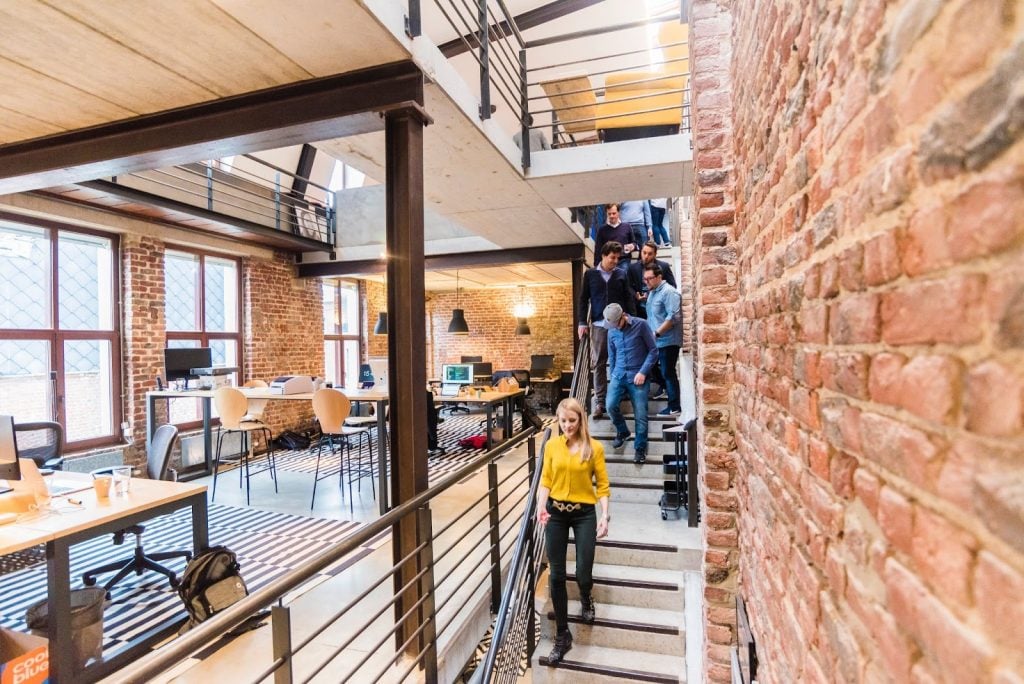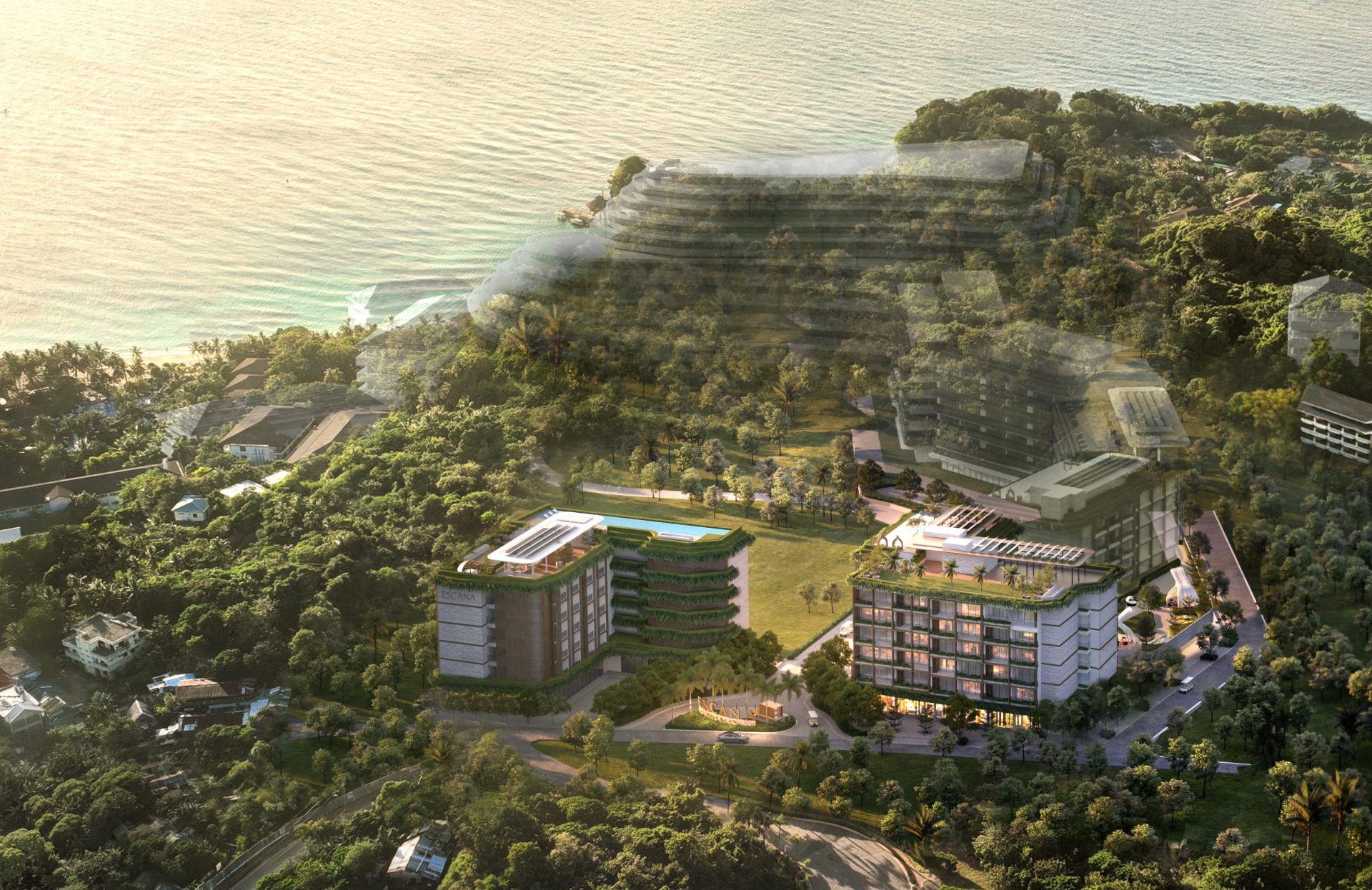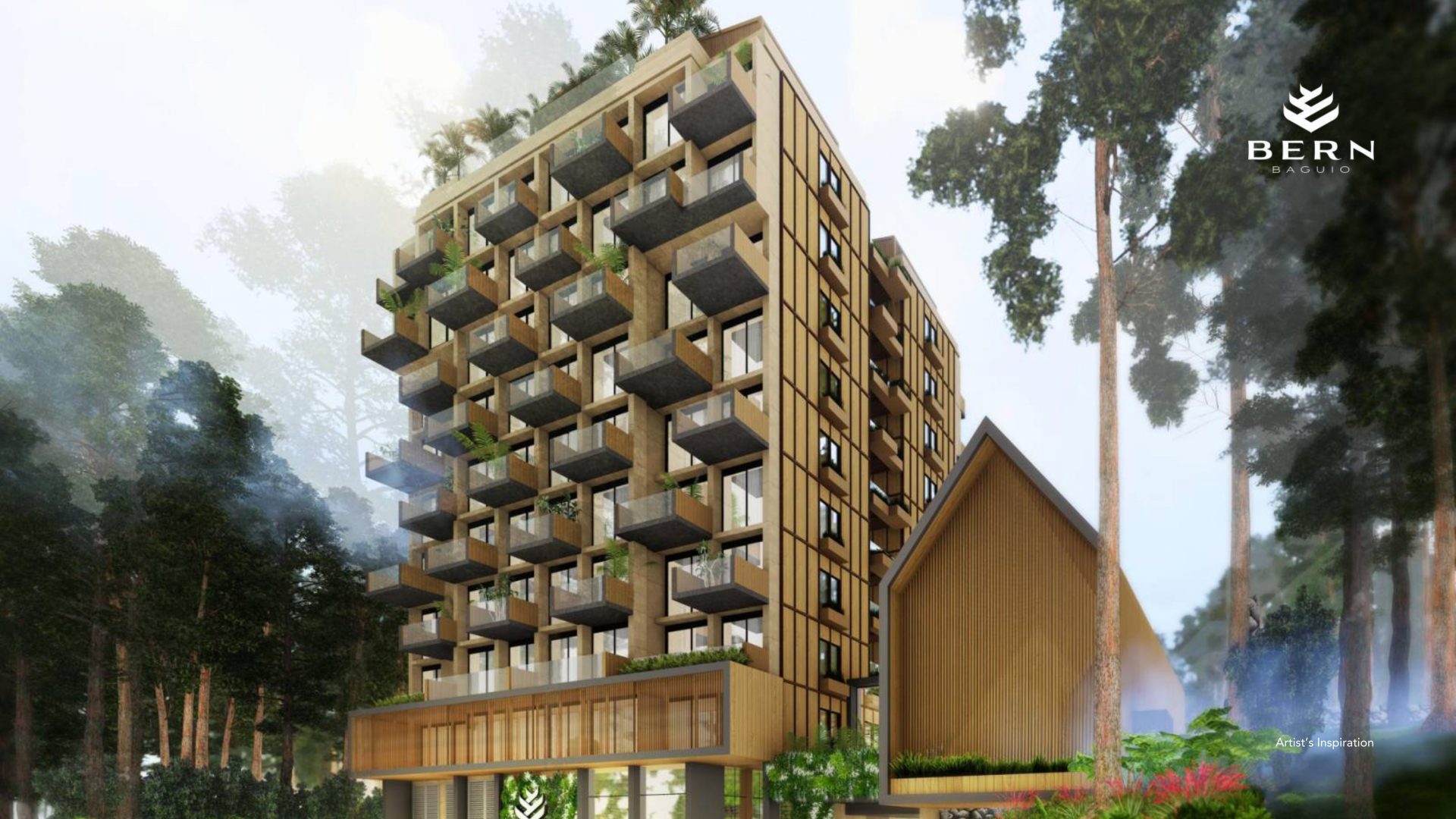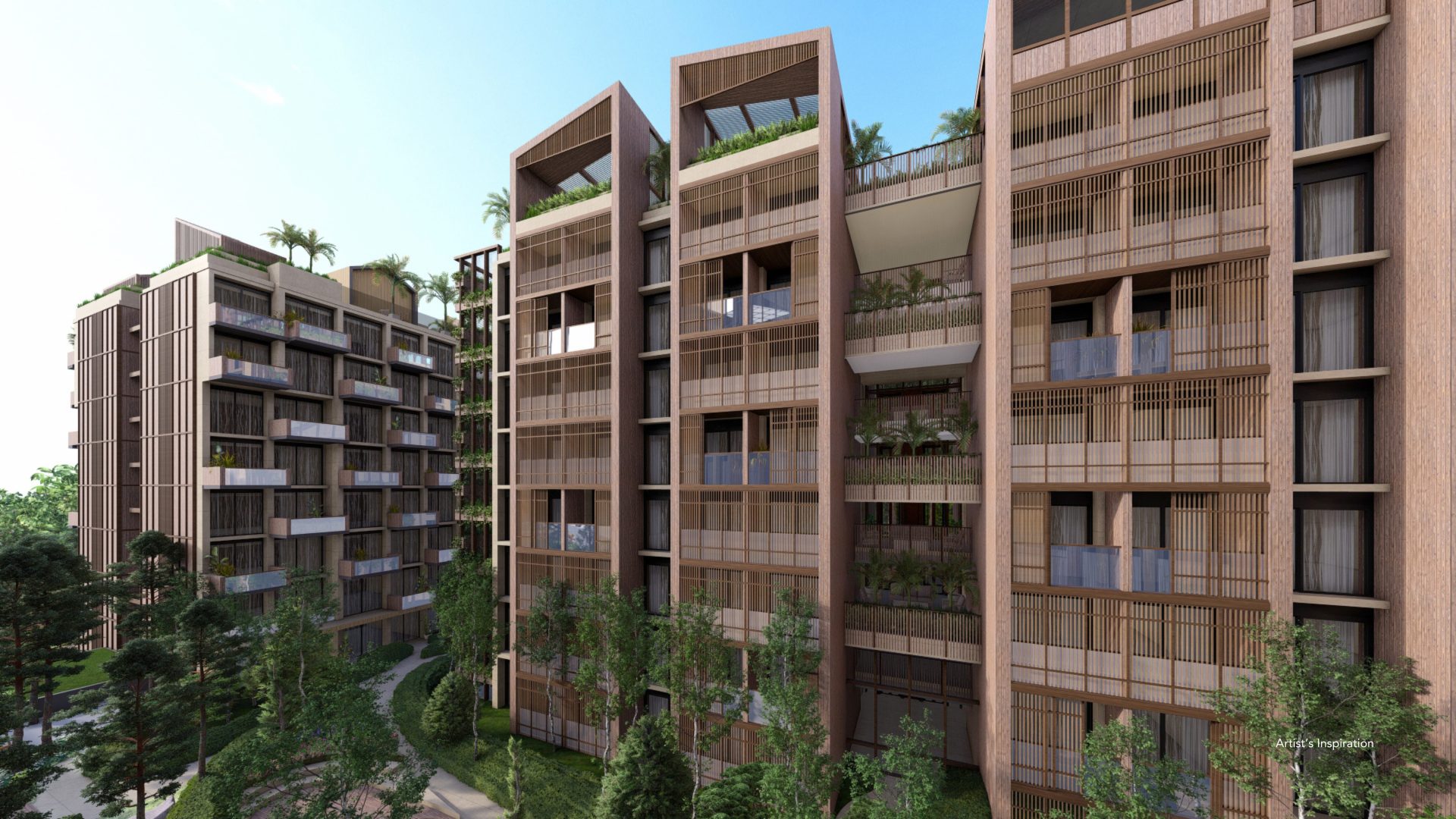BLOGS
Future Of Workspace And Retail Real Estate
Workplaces have evolved rapidly following the pandemic crisis.
The COVID-19 pandemic really took a huge toll on different businesses, and the workforce was highly affected. This led to the need for alternative measures that can keep working industries running despite the restrictions. Many things changed with the system. Particularly on how and where people work.
In these changing times, the future of work is a concept that a lot of people are keeping their eyes on. As they should because it directly influences other major areas and markets, for example, retail real estate.
What will be the future of workspace?
As the working industry adapts to the new normal, every field of work is currently finding a way to turn difficulties into possibilities in the workplace. Most of everyone’s attention is fixed on how people will work in the next coming years.
Aside from that, the office settings are also tackled when talking about the future of the industry. When the pandemic hit, it greatly influenced the global workforce and millions of people were forced to work from home to protect themselves from the virus. This matter became a huge topic of concern.
The global crisis caused many office spaces to relocate to houses and other isolated areas. Pew Research Center found out that about 60% of the workers who said they can work remotely proceeded with the option.

When the pandemic subsided, the number of people who worked remotely decreased. However, the popularity and convenience of working from home are predicted to stay in the future.
Working from home was an already existing option for many workers but it wasn’t until the pandemic that people voluntarily opted for that working style. According to Pew Research Center’s findings last January 2022, 61% of employees who have the opportunity to work from home chose to do so. That’s a massive increase compared to the 36% from the fall of 2020.
This phenomenon ignited the surge for the following workplace alternatives.
Impact of Co working Spaces
Coworking spaces are places where people or groups from various businesses and industries can work remotely in the same space. These offices have the same features and amenities as just a traditional workplace. In terms of contracts, co working spaces, unlike regular office space, operate on short-term, versatile rental agreements that can be adjusted to any leasing period.
Switch to Hybrid Workforce
Hybrid workforces emerged as an alternative strategy as businesses began to welcome workers back to the workplace. In a hybrid workplace, there are both office-based and remote workers. The liberty of choosing where and how to work allows workers to manage when and where the task is completed. Over the next five years, hybrid models that combine remote working with some kind of on-site hub meetings will continue to gain popularity.
Establishment of Satellite Offices
Satellite offices, which are smaller than the main headquarters and are usually located outside the metro are the third trend in the future of workplaces. Offices like these are separated from an organization’s main office and are designed to house workforces that do not reside in close proximity to the head office.
Before the pandemic struck, employers had been hiring workers all over the country and all across the globe. Satellite offices sprouted more during the pandemic to encourage employees working remotely to meet with teammates within their vicinity.
There are some workers who live a digital nomad lifestyle, working remotely while they’re traveling. Satellite offices offer these types of employees the opportunity to meet with colleagues in person without having to report to the main office constantly.
How will the future of work affect real estate properties?
Corporate executives aren’t the only ones affected by the shift in workplaces. Real estate professionals are also concerned about the future of work. It doesn’t matter if you’re a building owner, investor, developer, or manager, how the work industry operates in the future has a big impact on how buildings function and thrive.

Retail real estate
Occupancy rates for commercial real estate properties were all right before the pandemic. However, because of the changing times, retail real estate professionals have to step up their game and look for ways to entice potential clients with world-class innovations.
Without a doubt, the pandemic has greatly changed how we view office spaces. Retail real estate owners will need to become innovative in order to keep their businesses running as workers adapt to this long-term if not permanent, future of remote work.
Industrial real estate
Nowadays, online purchasing has reached an all-time high. Because of this trend, industrial properties have been in high demand to accommodate it, as package sorting centers and shipping facilities are needed to meet the surge.
Based on the ninth annual “Industrial Tenant Demand Study” from JLL Industrial, e-commerce will be responsible for 40% of all retail markets over the coming 5-10 years. As an outcome, demand for pre-selling lot for sale to use as industrial and manufacturing space will exceed demand for retail stores.
Multifamily real estate
Multifamily real estate managers must also brace themselves for an increase in demand for adjustable leasing options.
Because of the ability to work from any location with internet access, many have switched to a digital nomad lifestyle and have taken to the road to travel across the country — and even around the world. This leads to travelers requiring lease contracts that only last from a few weeks to months rather than the typical full term.
By offering such short-term rentals, you will be able to cater to clients who value versatility and adaptability. In other words, these digital nomads will satisfy their craving for flexible hotels or apartments and facilities that provide the feeling of hominess without the long-term commitment on the lease.
Spaces for coworking and reliable WiFi are the most sought features for apartment and condominium complexes. Like that of Vista Alabang and Brittany Santa Rosa’s real estate properties. Both short and long-term tenants in the future will look for these to support their work-from-home set up.
To summarize, professional real estate agents must create a world-class building environment in which occupants can work remotely and live comfortably.

What should be considered?
Working tenants need to become more conscious of how they utilize their workspace.
On the other hand, the challenge for real estate developers and investors is to have buildings that are flexible enough to house a wider range of configurations to better fit the demands of the working industry. Like that of the house and lot properties for sale from Brittany Corporation.
Whether you’re an employer or an employee, you must concentrate on the maximization of the value that real estate offers the company. This will be successfully accomplished by consistently improving strategic locations, stabilizing long-term and short-term contracts, integrating both physical and virtual workplaces, and bringing the customer experience to the heart of workplace design.
With this, both the work and real estate industries can thrive against workplace trends, pressures in the economy, and an overall changing world.
Looking for the next retail real estate or just a pre-selling lot for sale where you can set up a world-class workplace? Brittany Corporation has house and lot properties for sale that can live up to your standard and work vision. Check out their leases at Vista Alabang or at Britanny Santa Rosa. Whatever type of place it is, Brittany has something to offer.
Suggested Read: Office And Residential Trends In The Philippines 2022
Suggested Read: Does The Modern Industrial Style Look Luxurious
Suggested Read: 2022 Real Estate Developments In The Philippines
Suggested Read: How To Bring Mindfulness Into The Workspace
Suggested Read: Home Office Ideas: Elegant And Functional















